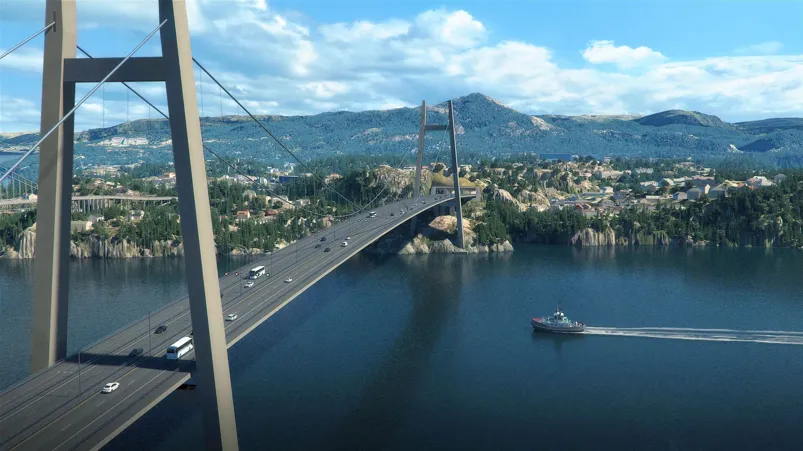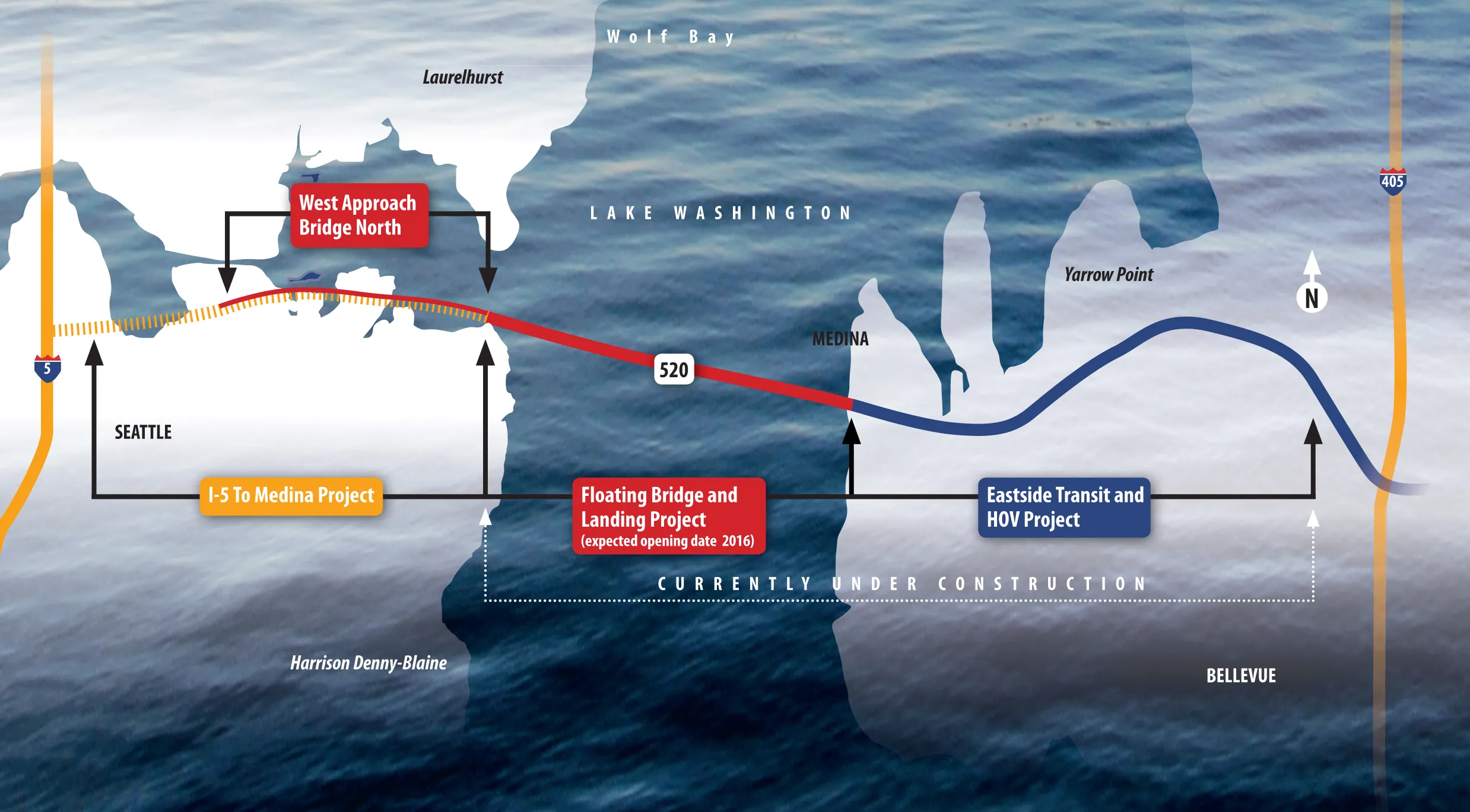
Jon Georg Dale, minister of transport, recently told the Norwegian Parliament that the geology near Lake Storavatnet along the route of the project, of which the second bridge would be a part, has caused concern among planners. Also, reconstruction of a high-voltage power cable has come under questions.
Helge Eidsnes, a regional manager of Statens Vegvesen, said a new project plan will be presented in the summer. The project is intended to be a public-private partnership.
Last May, Parliament approved the €1.03 billion project - priority in the National Transport Plan for 2018–2023 - that included the nearly 1km Sotra Bridge. The signing of the contract was to have been in early 2020, according to the process laid out by Statens Vegvesen.
The proposed four-lane Sotra suspension bridge is 29.5m wide and has a 592m main span with the two towers rising 144m above sea level. A separate pedestrian path and separate cycle lane, both 5m wide, were part of the design.
The project overall has 19 other smaller bridges, 11 overpasses/underpasses and 21 tunnel portals. Around 11 tunnels through the mountains were envisaged, from 1-2km longs. Around 24km of access roads are scheduled with nearly 14km of bicycle and pedestrian paths, around 3m wide.
The new bridge is to be built parallel to the existing two-lane 1.2km concrete suspension Sotra Bridge that opened in 1971. It carries around 22,700 daily, estimated to rise to 26,000 by 2024. It crosses Knarreviksundet (Knarrevik Sound) that separates the island of Litlesotra, part of the Sotra archipelago, from the mainland and the city Bergen.
A new bridge is needed because, according to Statens Vegvesen, over the past 15 years there has been a strong increase in traffic between Sotra and Bergen. But old bridge is vulnerable to high winds and is closed when wind speed exceeds 30m/sec.







